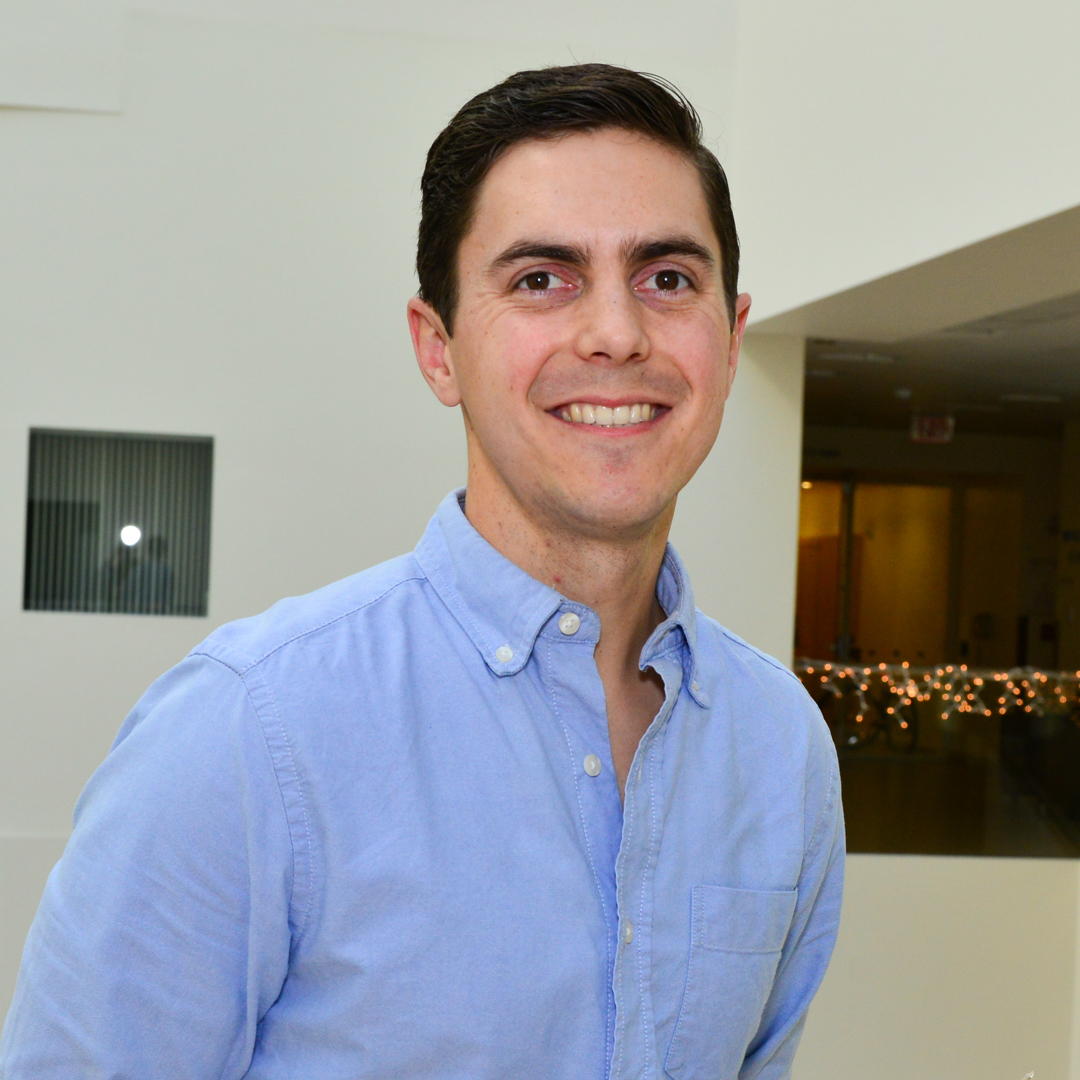
Mapping the human subcortical auditory system with MRI
Description
The subcortical auditory system comprises multiple neural structures that perform important functions in speech communication, music perception, and general auditory processing. However, investigating the deep, small subcortical auditory structures in humans is challenging with current non-invasive methods such as magnetic resonance imaging, or MRI. To address this challenge, collaborators and I created atlases of the human subcortical auditory system using gold-standard histology, post mortem anatomical MRI, and state-of-the-art in vivo functional MRI. I next tested the applicability of our reference space atlases by estimating functional and diffusion-weighted connectivity in the freely available Human Connectome Project 7-Tesla MRI data set. I found that resting state functional connectivity was greater between the subcortical auditory regions than to nearby control regions. Likewise, diffusion tractography supported expected connectivity estimates between the subcortical auditory structures. Finally, I quantified MRI relaxation and proton density values in the auditory structures, contributing novel information about the makeup of these regions. In total, this work used state-of-the-art techniques to identify the human subcortical auditory structures, applied our knowledge to new data, and quantitatively described the magnetic response properties of the subcortical auditory system. By releasing our data and tools publicly, we hope to foster further research into the role of the subcortical auditory structures in human hearing and communication

